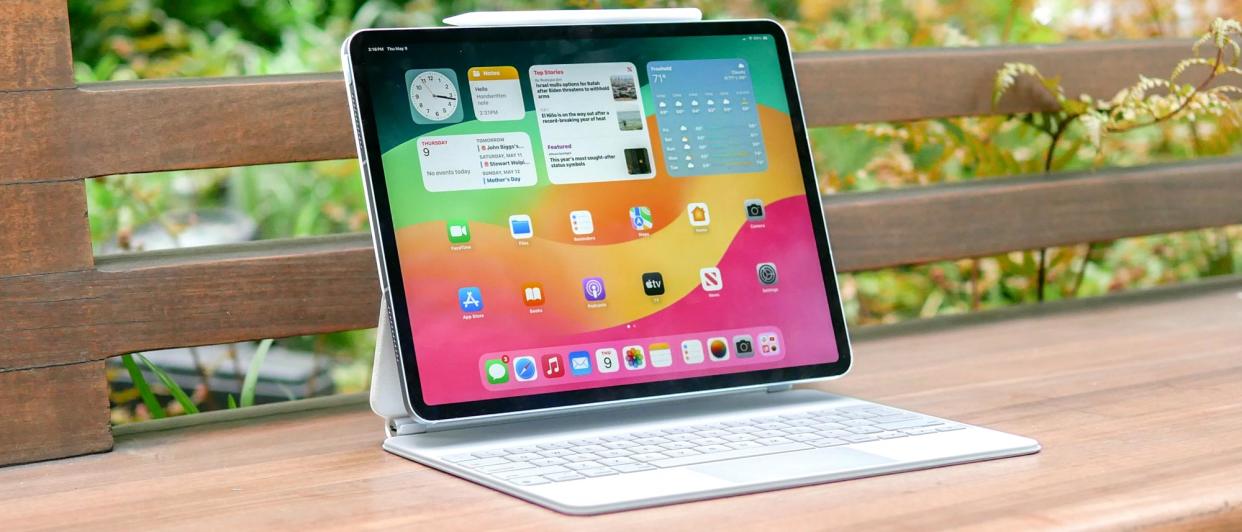Apple teases a new orientation for future iPads and it could be just what its tablets need

For some time, we’ve mostly used iPads in landscape mode, especially with the drive to make the tablets more like laptops. It seems Apple might agree as its been hinted that landscape might be the preferred orientation for the next iPads.
As shared by Trusted Reviews, the potential, possible, probable change was hinted at by Apple designer Molly Anderson in an interview with the French website Numerama.
The hinted orientation came out of a response Anderson gave Numerama about the positioning of the Apple logo on the rear of the iPad Pro M4. Currently, it is positioned such that the logo is upright when the tablet is in portrait mode.
However, if one turns the device to landscape, the logo looks sideways.
“I think this could change, I don’t think it’s engraved in stone,” Anderson said. “We are thinking about it. The iPad has long been a product that is used in portrait mode, but we are increasingly using it in landscape mode. We can’t say it’s fixed.”
In the interview, Scott Brodrick, iPad category manager, tried to temper this statement by saying that the design team uses the iPad vertically when taking FaceTime calls.
That would make sense if Apple hadn’t moved the webcam on the iPad Pro M4 from the top of the portrait orientation. Instead, the latest generation of iPads relocated the webcam for use in landscape orientation.
With the new Magic Keyboard, the iPad Pro M4 seems to be a candidate for replacing your laptop with a tablet. Our testing revealed that it’s not quite there, mostly because of the iPadOS which hampers productivity. That and a decent MacBook Air is cheaper than current top-line iPads.
Additionally, in the French interview, the designers told Numerama that they think of the iPad, the new Apple Pencil, and the Magic Keyboard as a single product. If Apple is heading down a landscape oriented tablet, it might mean a focus on actually making a device that could reasonably replace a laptop.
However it does go against the designer’s goal of creating a “magic sheet of glass.”


